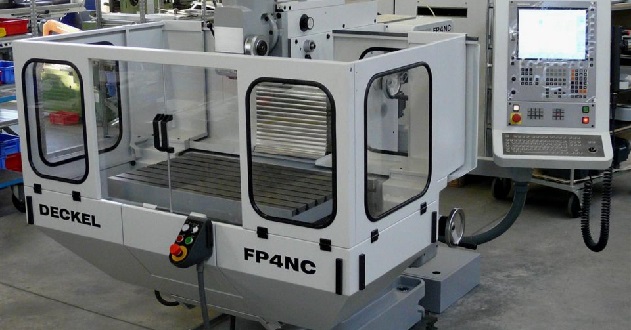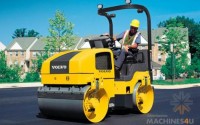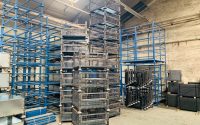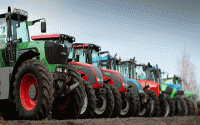24 Jun 2016
The Basics of Motion Control
Many of you might be wondering what a motion control system is and how it works, well to put it simply, its purpose is to move certain types of loads under controlled circumstances. They are great for a whole range of industrial applications and anyone who works in these fields knows that they are effective, flexible, and quite cost efficient. They are known for their level of precision and speed and work best when used with applications that include product positioning, synchronization, rapid stopping and starting motions. If you want to know more about these systems, how they work and what components make a fine motion control system keep reading below for more information.
Some components that make up these systems include:
- Application Software – This is the software that basically controls the system and is what the user will program for different applications. Some of the controls that the application software is responsible for is the positions in which the application will operate and the motion control profiles which it manages.
- Motion Controller – This is obviously, as the name suggest, one of the main components of the motion control system. Its purpose is to create the path of which the motor needs to follow. The path is determined by the previous target positions and motion profiles which would be in the application software.
- Position Feedback Device – While this is not a necessary feature for every motion control system, like the motion controller, it is important for some applications. While it is an optional part for motion control systems, if you are in an industry that uses a servo motor you will need a position feedback device.
- Mechanical Elements – This refers to more than one part that a motion control system may use. This includes parts such as linear slides, robotic arms, and special actuators. These components are powered by the motors torque and are what actually gets the job done while everything is in motion. Not every motion control system is the same, so the parts may vary from system to system depending on what your industrial needs are.
- Drive – This is another crucial and important part that makes up a motion control system. This is what is used to generate the power that the motor and system need in order to work and run. This is the part that takes energy signals and converts them into high energy signals in which the whole system works off.
- Motor – Last but not least is the motor which takes power from the drive and uses it to create torque. Torque is essentially needed so that the whole system can determine and move loads to their position. There are different types of motors which can include single phase or three phase which they all differ in capacity, power density, user friendliness, maintenance and much more. The motor you use should be determined by which applications you need it for.




